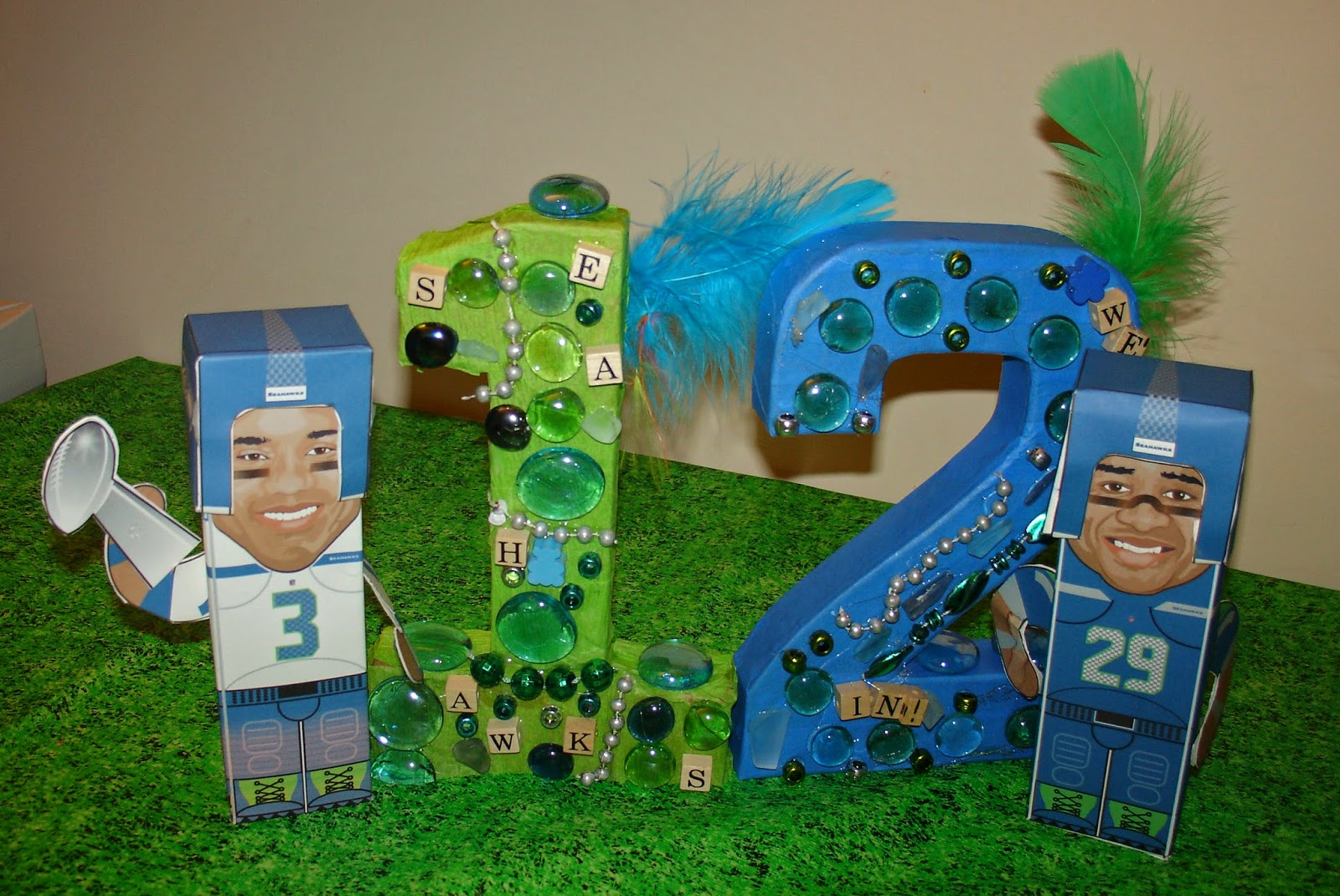WAY DOWN UNDER: Tuesday morning the kids and I made our way to downtown Seattle for a chance to hear a couple of explorers share their tale of climbing in one of the most challenging environments imaginable. Working on a story for National Geographic, Mike Libecki and Cory Richards scaled peaks most humans (for all of history) will never even see.
Here's a short video about their trip.
http://youtu.be/ZRKsFAPpxgY
I'll let the kids give you some more details. CJ goes first ...
On January 13th, 2015, I went to Benaroya Hall to see Untamed Antarctica, a National Geographic Live presentation about two adventurers whose names were Mike Libecki and Cory Richards and their adventure in Antarctica to get to the top of Bertha's Tower, a 2,000-foot tall mountain that nobody had even stepped on prior to them. Of course, getting to the top of Bertha's Tower was not the only thing that happened during their adventure, but it was the primary reason for going there. On the way up, they even hung a tent up against the mountain so they could rest! (And play checkers in it.)
At one point, they said that they tried to get around (not on the mountain, on land) by using wind-skis, hoping that the wind would propel them, but, because the wind was out-of-control, they had to use regular skis, but after that failed, they had to just get around by walking. Once they were high enough, to get materials down, they had to put the materials in rod-shaped sacks called "Pigs" and throw them down, hoping they wouldn't rip and explode (which the Pigs often did).
And here's Annabelle's report ...
On January 13, 2015, I went to see a National Geographic presentation called "Untamed Antarctica", which was a talk given by Cory Richards, a photographer, filmmaker and climber, and Mike Libecki, who was also a climber. The presentation was about their perilous hike up Bertha's Tower, a 2,000 foot spire of rock, along with 2 companions. The climb was difficult, but I'll start at the beginning of the story.
Before the group even made it to Antarctica, there was bad news. The plane flight was delayed because of strong winds. When they did make it though, they were pummeled by said winds and had to get inside the camp very soon. After that though, they had to move on.
Next they went after the icy plains near the base of Bertha's Tower, going the whole way around the rocks to find the best starting point. First they tried kite skiing, but the winds proved too strong for that and they started walking. At some point the winds returned and they had to take shelter in the rocks, and after a couple days they started climbing the mountain.
The mountain, at first, had many footholds and cracks, so it was fairly easy. But further up, the footholds and cracks had been eroded by the wind, and it was much harder to climb. They did not want to accidentally hit each other with rocks, so they ended up going sideways. By then they were very scared, because they might not be able to make it to the peak, and waste all that hard work. But finally, they made it to the peak, and Mike Libecki continued his tradition of wearing masks on the peaks of mountains he's climbed. Overall, I think the talk was very fun and I learned a lot about trusting others (even with your life!).
You can read the whole story of their adventure on National Geographic's site (from the September 2013 issue of Nat Geo), as well as see more photos and video there.
The event was held at Benaroya Hall in downtown Seattle. It was our first visit to that city-owned venue. BIG space - the auditorium holds 2,479 people, and it was darn near full for the presentation. The hall opened in 1998, at a cost of $118.1 million (yikes!).
Photo above by
PAPERHAWKS: We've been hitting the papercrafts hard lately, and one recent project was making boxy little Seahawks.
It was so nice outside on Monday, the kids were able to do much of the work outside!
Making the blockhead like helmets was one of the last steps.
And here is the finished product. Let's hope they bring us good luck on Sunday.
You can download your own PDF patterns via this Seattle Times link: http://seattletimes.com/html/seahawkspages/2025341338_paperhawks.html#mid=&offset=&page=&s=
COMET SPOTTING: This evening, the skies were clear, and we saw Orion overhead easily right after dinner. That reminded me that Comet Lovejoy is visible to people in the Northern Hemisphere right now, and I thought we should give it a shot. Because, from what I've read, we won't get another chance to see it for around 8,000 years!
We bundled up, hit the rooftop deck, binoculars in hand. Based on a PDF chart from SkyandTelescope.com (http://www.skyandtelescope.com/wp-content/uploads/Lovejoy2_BW.pdf) and a live sky tracker from TheSkylive.com (http://theskylive.com/c2014q2-tracker), we knew to look south of Orion, and south and west of the Pleiades at the time we were hunting. We believed it would look like a light green tinted smudgy star (that's not a technical description, BTW.)
The first time we went upstairs, we all gave up after about five minutes. But Christian came back down, checked the charts again, and went back out. A couple minutes later, he announced that he thought he saw it, so we all went tearing back upstairs.
Though we were super excited to have seen it, the blur we each eventually found in the old binoculars wasn't as dramatic as this photo from 2011, the year Lovejoy was discovered by amateur astronomer Terry Lovejoy of Australia.
The photo above as taken by Paranal.








No comments:
Post a Comment